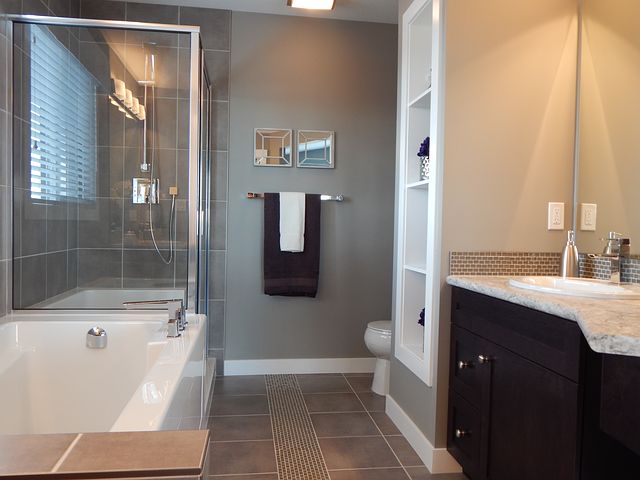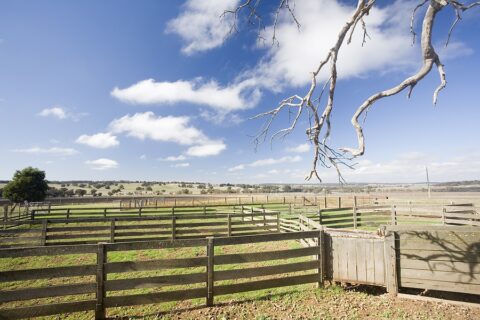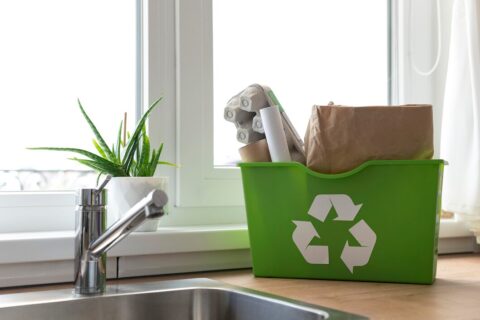Consumers can find themselves boxed into a difficult decision when they are on the search for a new hot water cylinder.
Often these choices are framed around the profile of the system itself: solar, electric, heat pump or natural gas.
While it is understandable to have a preference, it is necessary to examine the criteria first before settling on an item for the household.
We will offer 6 key ways that customers can be informed about their decision before they agree terms on an asset for their premises.
1) Honestly Assessing Current Hot Water System
In order to move on from one system to the next with a hot water cylinder, consumers need to know why they are making the shift and what shortcomings should be improved when making the upgrade. Were there technical issues? Was there a struggle maintaining consistent hot water flow? Could it meet the demands from one faucet to the next? Wherever there were moments that the cylinder failed to live up to a performance at home, that should be documented and understood until the additional steps can be taken.
2) Understanding Future Demand
A solid rule of thumb for households across the country with the use of a hot water cylinder is understanding that the average resident requires approximately 50L of hot water per day. This is not always the case and there will be varying degrees particularly with the involvement of children, but if there is a domestic operating system that is capable of matching that mark, then it will rarely falter over the span of its use.
3) Shopping High & Wide on Price
The smaller and quicker the search for a new hot water cylinder, the greater the likelihood that the consumer will miss out on a great deal elsewhere. Running the rule on each outlet will provide clear detail on how these systems are priced and what to expect when setting a budget. Additional service fees will need to be calculated on top of the retail figure, but it is a worthwhile exercise all the same.
4) Reading Brand Track Record
While past performance is not necessarily a reliable guide on future performance with a hot water cylinder, it is still the best data that anyone can access fairly. Those online ratings and reviews are great sources to examine as well as seeing examples where certain brands have faltered.
5) Efficiency Ratings & Product Lifespan
What appears out of range financially with these cylinders on the surface could be a red herring given the long-term value proposition that these outlets can offer. Every cylinder will include an efficiency rating that details how much energy they require to produce the output for the heating of the household water. The better this rating, the longer the product will last before an upgrade is required.
6) Speaking With The Experts
If time is of the essence and there is a struggle to separate the signal from the noise with the purchase of a hot water cylinder, then the most effective method here is to speak with the experts. From plumbers to hot water tank providers and official representatives who have insight and knowledge into the development of these systems, they are best placed to educate constituents on who performs well, what items last longest and where the value can be found.
Domestic consumers who take note of these key points will be well informed about what type of hot water cylinder they need to buy and how they should judge businesses in this industry. Each brand has to meet a very basic set of criteria in order to be hot property, but this is a fair and transparent process that most importantly looks out for the interests of the family.







